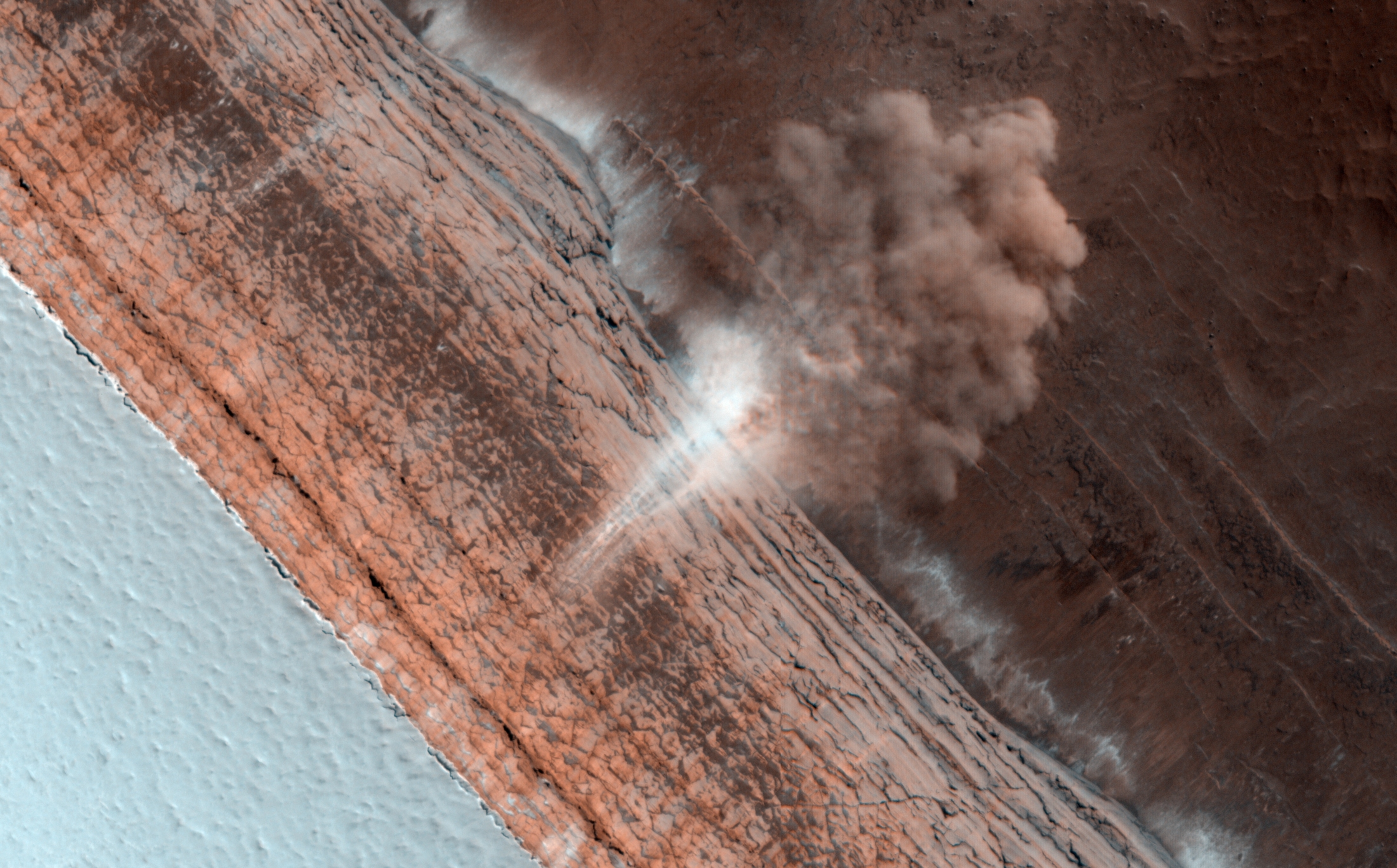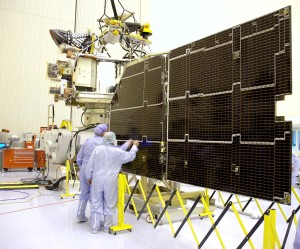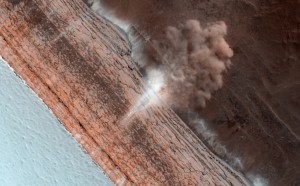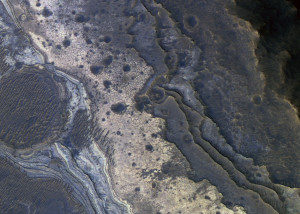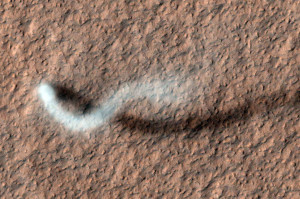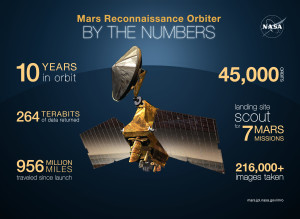NASA’s Mars Reconnaissance Orbiter (MRO) arrived at Mars 10 years ago last month.
Over the last 10 years, MRO has been a powerful asset for studying the planet, from daily observations of Mars’s weather to providing evidence that liquid water is seasonally present on the surface.
MRO has also improved knowledge about three distinct periods on the red planet — observations of the oldest parts of the surface show diverse types of watery environments existed, and that water cycles as a gas between polar ice deposits and lower-latitude deposits of ice and snow. Today’s activity includes seasonal freezing and thawing of carbon dioxide sheets.
The orbiter has also scanned atmospheric layers, identified underground geologic structures and continues to reveal unprecedented detail about the planet. “All this and the valuable infrastructure support that it provides for other Mars missions, present and future, make MRO a keystone of the current Mars Exploration Program,” said MRO Project Scientist Rich Zurek of NASA’s Jet Propulsion Laboratory.
All six of the orbiter’s instruments continue to function after a decade and more than seven years after the originally planned primary science phase had been completed.
Find more info on the Mars Reconnaissance Orbiter at NASA.gov.

